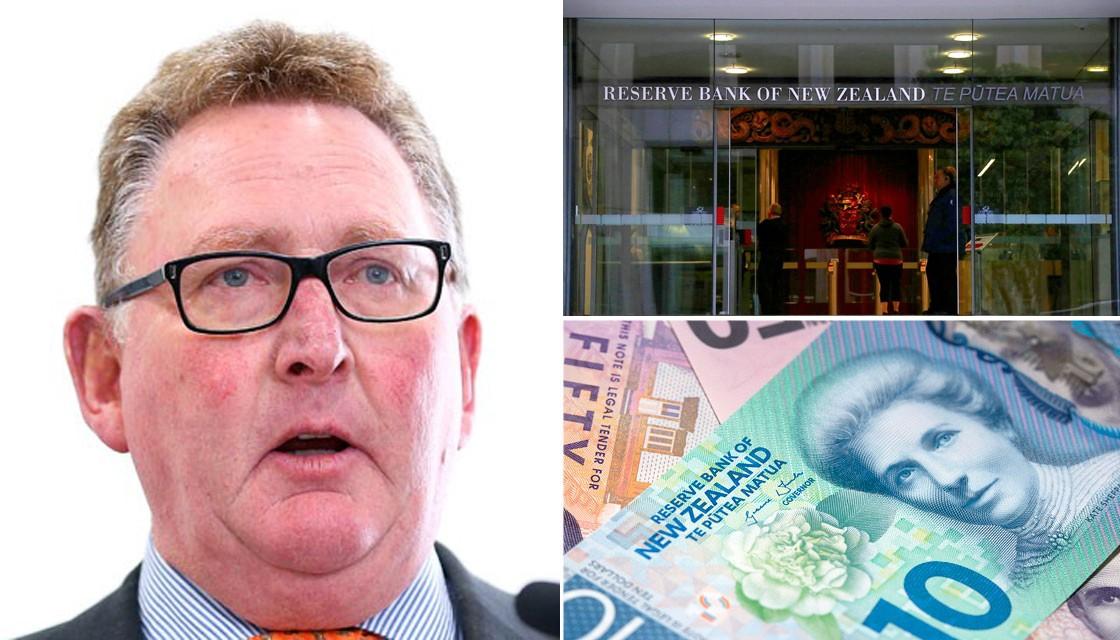Economists agree the official cash rate (OCR) will likely be lifted by another 50 basis points on Wednesday, with commentators instead more interested in what the Reserve Bank (RBNZ) projects as the path forward.
A 50 basis point jump would be the fourth consecutive double-hike from the bank, taking the OCR to 3 percent, its highest point since July 2015.
Increasing the OCR is a key mechanism the RBNZ has to dampen demand in the economy and therefore lower inflation. But inflation remains high - annual inflation was 7.3 percent in July - New Zealand's already strained labour market isn't being helped by more people departing the country than leaving.
"We do not expect inflation to get back into the target range of 1-3 percent until the first half of 2024," said ASB's Chandhna Bedi.
"Many domestically-generated pressures are behind this outlook, including the tightness of the labour market, capacity constraints and the unfolding of a wage-price spiral with the high increases in wages starting to come through."
That persistent inflation means ASB is predicting another 50 basis point rise. But the bank will also be keeping an eye on the projections made in the RBNZ's Monetary Policy Statement (MPS), the first delivered since May.
The May MPS forecast the OCR to peak at 3.9 percent in 2023 and for annual inflation not to return to the target range until late 2023.
ASB expects the OCR to peak at 3.75 percent - with a 50 basis point jump in October and a 25 basis point lift in November - but believes the RBNZ could be being too "sanguine" about how persistent inflation will be.
"It is likely to need to slow things by more than it has anticipated. Arguably, though, it has also been too optimistic on how resilient the economy will be in the face of rising interest rates and inflation."

ANZ's chief economist Sharon Zollner expects the bank will "strike a hawkish tone in both its choice of words and its OCR track". It said a 75 basis point jump couldn't be ruled out, but "the RBNZ can deliver the tightening it needs with a 50bp hike, a firm forecast OCR track, and some staunch messaging".
Zollner said the RBNZ indicated in July that it was comfortable with its May projections, but since then domestic, or non-tradeable inflation, had come in above expectations and wage growth was up. On the other hand, Zollner said surveys suggested inflation expectations had flattened off.
Considering the overs and unders, she said it's possible the OCR track is revised higher.
Satish Ranchhod, a senior economist at Westpac, said the recent slowdown in the housing market signalled a possible "period of softer demand" from consumers over coming years.
"Consistent with that, we’ve seen flagging momentum in household spending in recent months. In fact, nominal spending levels have effectively held flat since May. That’s despite strong increases in retail prices, meaning that the actual volume of goods that households have been purchasing has gone backwards."
Despite that, Ranchhod said there are no material signs of pricing pressures cooling and the June inflation figures received a "strong boost from domestic demand".
"That picture of bubbling domestic inflation pressures was also evident in the June labour market surveys, with a larger than expected 6.4 percent rise in average hourly earnings.
"Notably, the most common reason for wage increases has been the need to attract or retain staff. In other words, wage increases have been due to the demand-pull of intense competition for a fixed pool of workers, not the cost-push of rising living costs."

Westpac predicts interest rates will need to continuing rising past Wednesday's decision and remain "at restrictive levels for some time to bring demand back into line with the economy’s productive capacity".
"Any softening in the RBNZ’s tone could see market interest rates fall even further, which would risk undermining the good work that they have done so far," said Ranchhod.
It is has lifted its peak OCR forecast from 3.5 percent to 4 percent by the end of this year.
"The run of successive large rate hikes over the past year means that the gap between where the RBNZ is and where it needs to be has narrowed significantly. That could allow for a return to normal-sized 25 basis point OCR moves later this year. However, we think that the RBNZ will favour getting the job done quickly rather than dragging it out into next year."
The OCR was dropped to just 0.25 percent in March 2020 as concerns mounted about the potential economic disruption the COVID-19 pandemic would cause. While there were projections house prices would fall, they instead skyrocketed.
In October last year, the started lifting the OCR again, initially in 0.25 basis point shifts, but then by 0.5 basis points this year.



